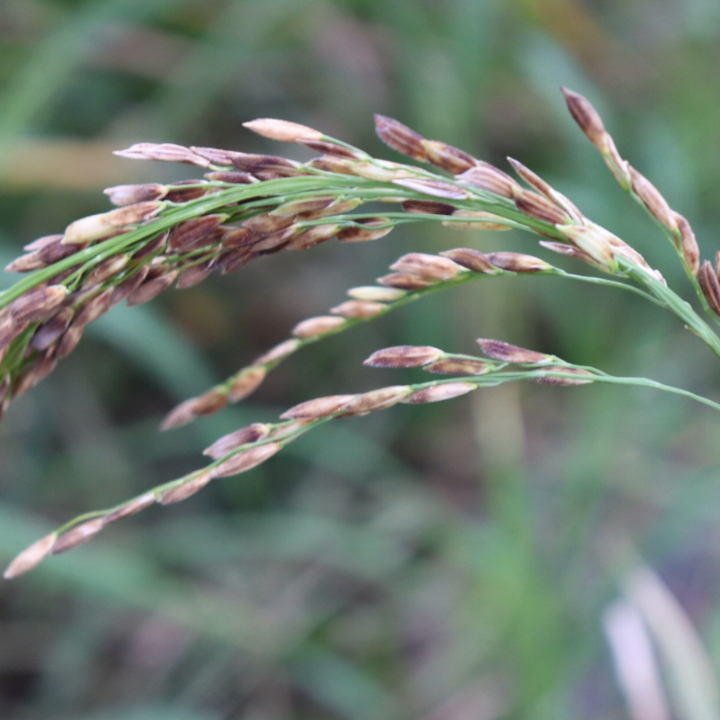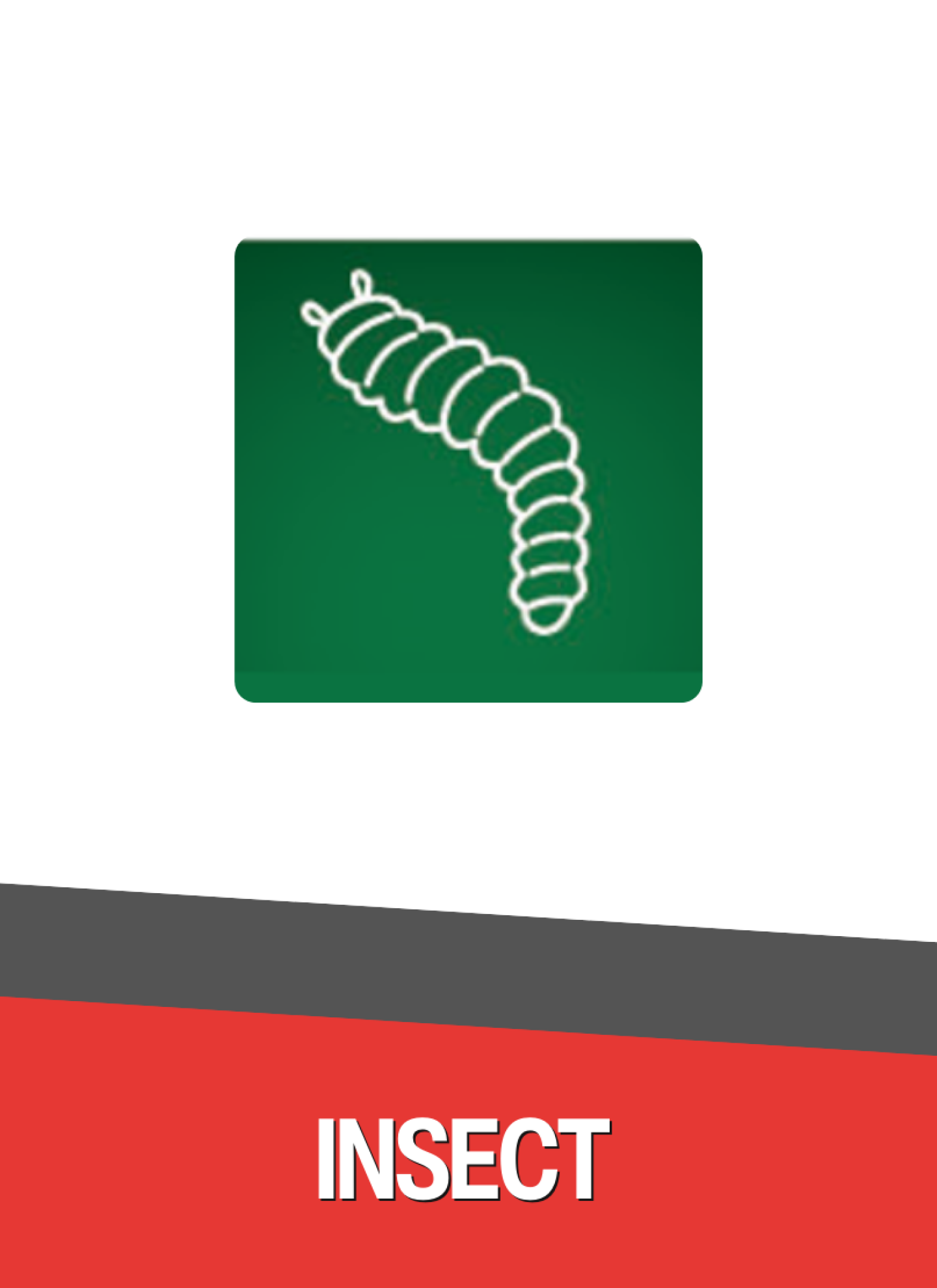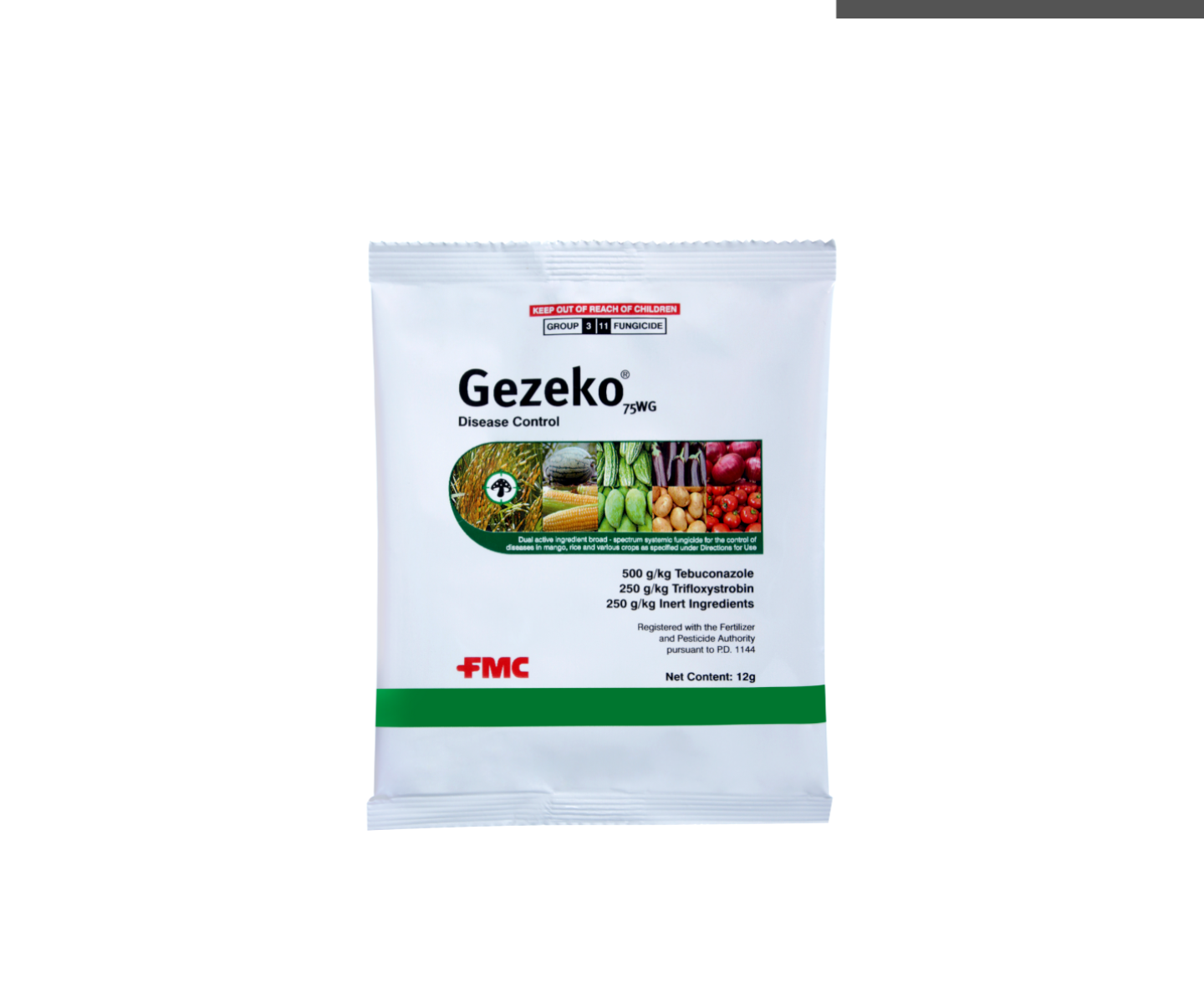Dirty Panicle

Dirty panicle is one of the most serious grain and seed diseases which reduces its acceptability for consumption and seed production. Disease development is favored under high temperatures (28-33°C) and humidity (>80% RH).
Dirty panicle is caused by complex fungi including Alternaria padwickii, Cercospora oryzae, Curvularia lunata, Fusarium semitectum, Helminthosporium oryzae and Sarocladium oryzae.
What are the symptoms
The infection starts in the early boot stage and results in brown spots on rice hulls and discoloration on rice grain.
Impact to the crop
Poor germination is observed on infected seeds, also abnormal seedlings are produced upon emergence. Also, it also serves as potential inoculum during storage. This disease is a major cause of rice seed destruction and leads to yield loss of up to 80%.
How to Control
Cultural management strategies can be applied to control dirty panicle disease, but chemical control has been proven effective and efficient. Fungicides like triazole, strobilurin and a combination of fluopyram and tebuconazole have been recorded effectively in reducing dirty panicle disease.
Source: Kongcharoen, N, Kaewsalong, N and Dethoup, T. 2020. Efficacy of fungicides in controlling rice blast and dirty panicle disease in Thailand.
Scientific Reports 10: 16233 (2020). Retrieved from https://www.nature.com/articles/s41598-020-73222-w#Sec1

